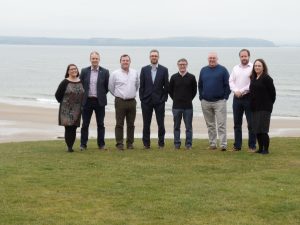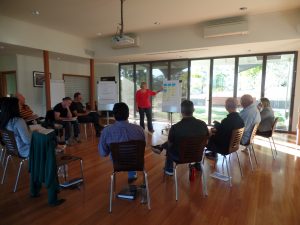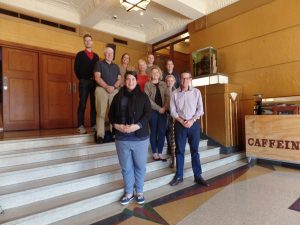There are a number of building blocks for building a successful organisation.
The first two of these are:
(1) A good leader and
(2) A high-performing Executive Team or, to use our language, Corporate Brain.
There are plenty of pitfalls along the way.
It is not unknown for organisations to recruit a group of highly talented individuals to Director roles but then fail to get the individuals to work well together as a collective. Another common scenario is overdependence on one or two key individuals – the team can crash if these people leave.
It is well established that the best way to develop a high-performing team is to put people in a room together and give them something they have in common to work on. An Executive Event lifts this idea up to an organisational and strategic level.
The purpose of an Executive Event is to proactively create a high-performing Executive Team, develop the Corporate Brain of an organisation and, in doing so, remove the above risks.



